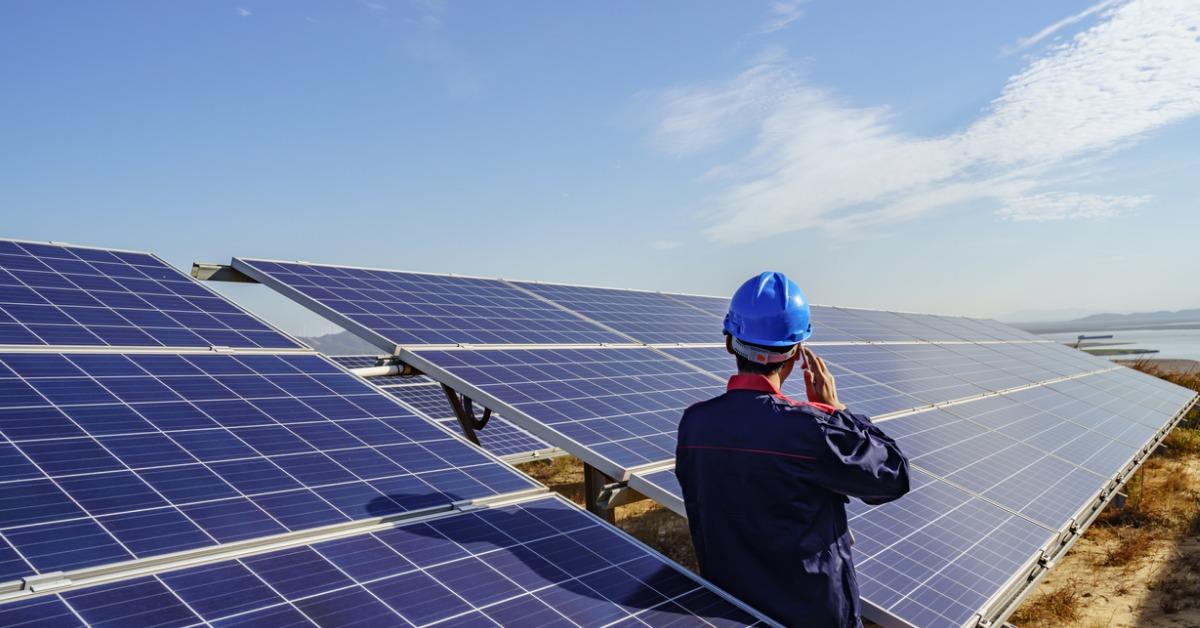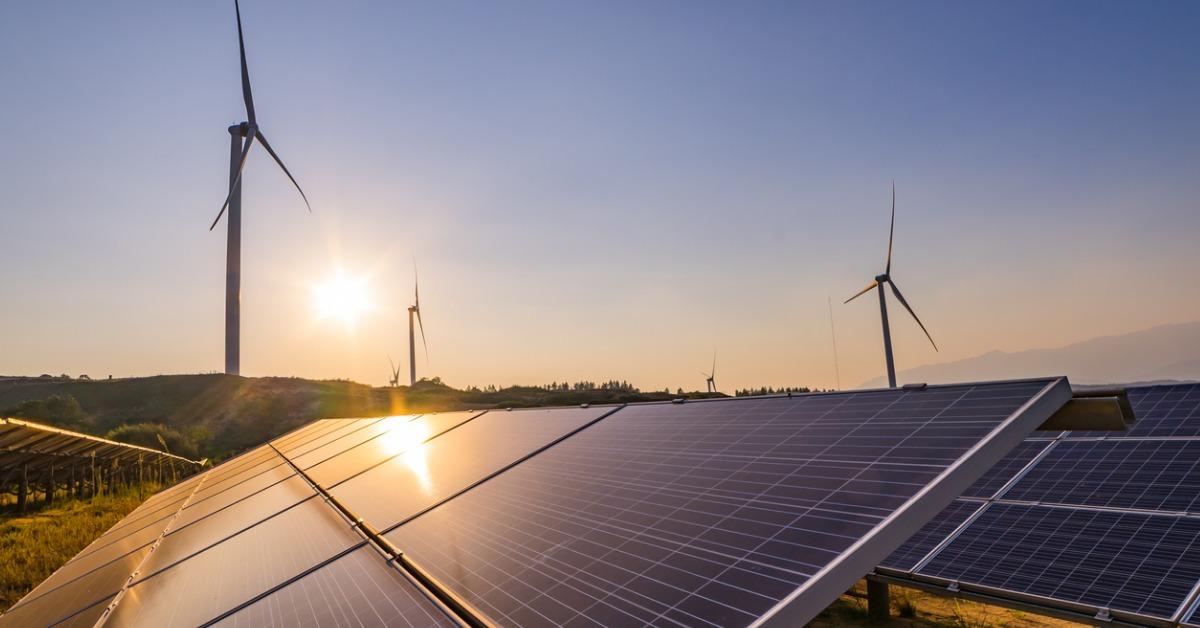Why Are Renewable Resources More Expensive?
Updated Oct. 19 2020, 1:25 p.m. ET

In the past few years, many politicians have expressed a fervent desire to see all of the world’s energy being drawn not from coal or nuclear power, but from clean, renewable sources like wind turbines and solar panels. California and Hawaii both declared that all of their energy would come from renewable sources by 2045. Other countries have followed with similar promises, many prompted by the somewhat-controversial New Green Deal.
Recently, the government of New Zealand proposed a multibillion-dollar project that would see them using 100 percent renewable energy within the next decade; and therein lies the problem. Any project that would see a massive shift in energy infrastructure would cost billions of dollars. While they are admirable ways to stave off our eventual extinction, the exorbitant price tag has caused many world leaders, including President Donald Trump, to reconsider how vested they are in these particular measures.

How realistic is 100 percent renewable energy?
Abandoning the use of all fossil fuels may seem like an ideal situation, but to many of the more pragmatic world leaders, it’s little more than an environmentalists’ Utopia. Sir Thomas Moore is credited with the invention of that word, which he defined as an ideal, perfect, peaceful place, devoid of troubles. In truth, Utopia, a word with Latin roots, roughly translates to “no place.”
Even then, Sir Thomas knew that such a dream was impossible.
Still, that hasn’t stopped people from trying to create this brave new world. New York, Michigan, California, Hawaii, and all the way down to Washington, D.C., everywhere, it seems like American politicians are pushing for more reliance on renewable energy. But the voices of the environmentally conscious of this country have been drowned out by the only thing that could stop these initiatives from moving forward: money.

How expensive is renewable energy?
In a word, very expensive. The other hurdles and political vagaries notwithstanding, the main sticking point for seemingly every politician is always going to be, cost. Solar cost about 19 cents more per KWH than gas or coal. Wind power is second behind that, and adopting any of the other renewable technologies will be an outrageously expensive undertaking. New Zealand’s plan is already in the billions, other nations have spent similar amounts.
The bottom line is that the investment in such technologies may be an investment in the future, but it's going to make us paupers in the present. Not only is adopting renewable energy prohibitively expensive for the governments of the world, but it’s also going to be an added expense and inconvenience to Mr. and Mrs. John Q. Taxpayer.

What are some problematic aspects of renewable energy?
It isn’t just about cost either. Though much better than the alternatives, it is worth mentioning that renewable energy sources are hardly perfect. Wind and solar farms both require an unbelievable amount of land in order to create very little energy. This is as opposed to fossil fuels, which work on combustion and require relatively little space to create quite a lot of energy; as well as waste, smog, and toxic runoff.
The other issue with needing all this space is that building these farms means cutting off the habitats of many plant and animal species already pushed to the brink by civilization. Practical environmentalists will see this as a necessary evil to keep the planet from succumbing to destructive climate change, but many idealists will see it as unacceptable losses. With these caveats in mind, we must ask; is anyone even attempting to adopt these renewable sources?
What are some of the plans to adopt renewable energy?
Each nation has its own plan for adopting renewable energy and all of them are different depending on the necessities of the region. For these reasons, we will focus on one country, in particular, the United States. Currently, the U.S. gets less than 12 percent of its energy production from renewable sources. These are basically wind, solar, biomass, and hydroelectric power. The other 88 percent is made up of oil, natural gas, nuclear power, and coal; all of which continue to pollute the planet in a myriad of ways.

Thankfully, the Department of Energy is working hard to make changes, though not nearly hard enough if the projections are to be believed. Their current “goal” is to have the country up to 15 percent renewables by 2050. The rest? Well, that remaining 78 percent will still be due to fossil fuels. What this means is that moving the U.S. to 100 percent renewable energy would not just be a monumental task, it’s plain unrealistic; especially with a COVID-impacted economy.
Is 100 percent renewable energy even possible?
This is a difficult question, especially now. It seems like a good idea, on paper, but the adoption of these renewable technologies will likely not be realistically possible until the costs come down. Until the technology improves to a point where it is affordable, and until the world economy stabilizes, it seems we’ll continue on our current path; if we can find our way through all the smog.